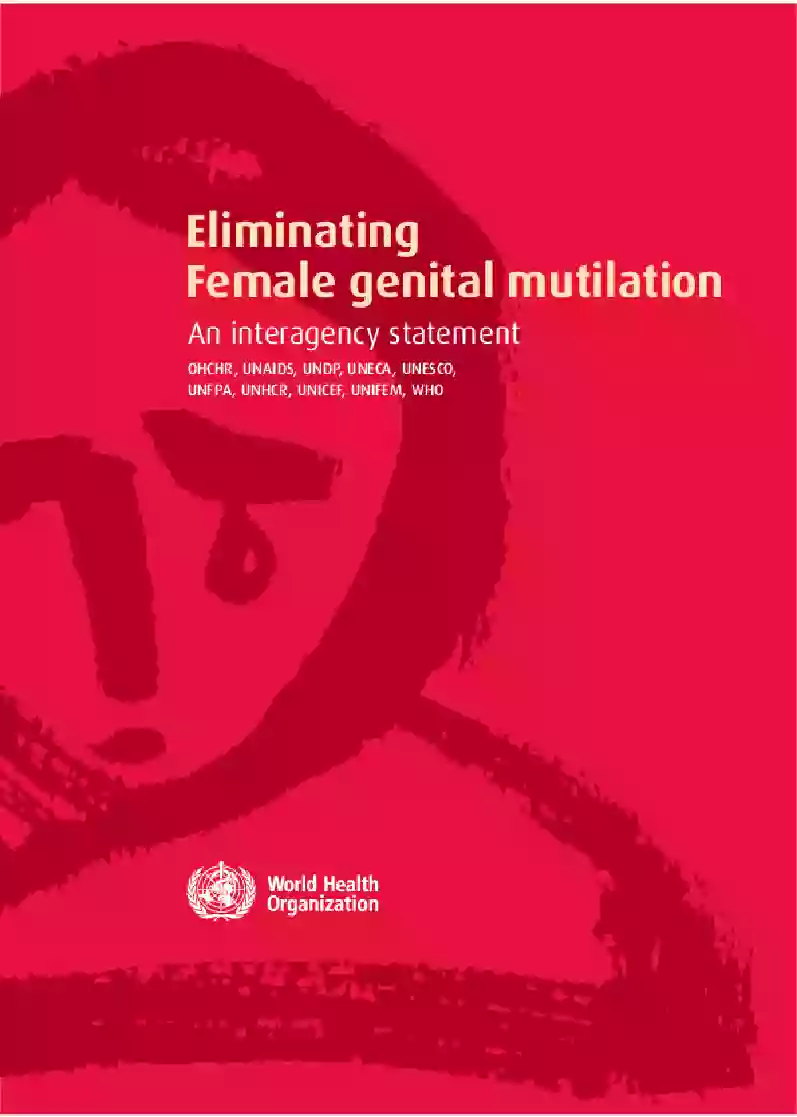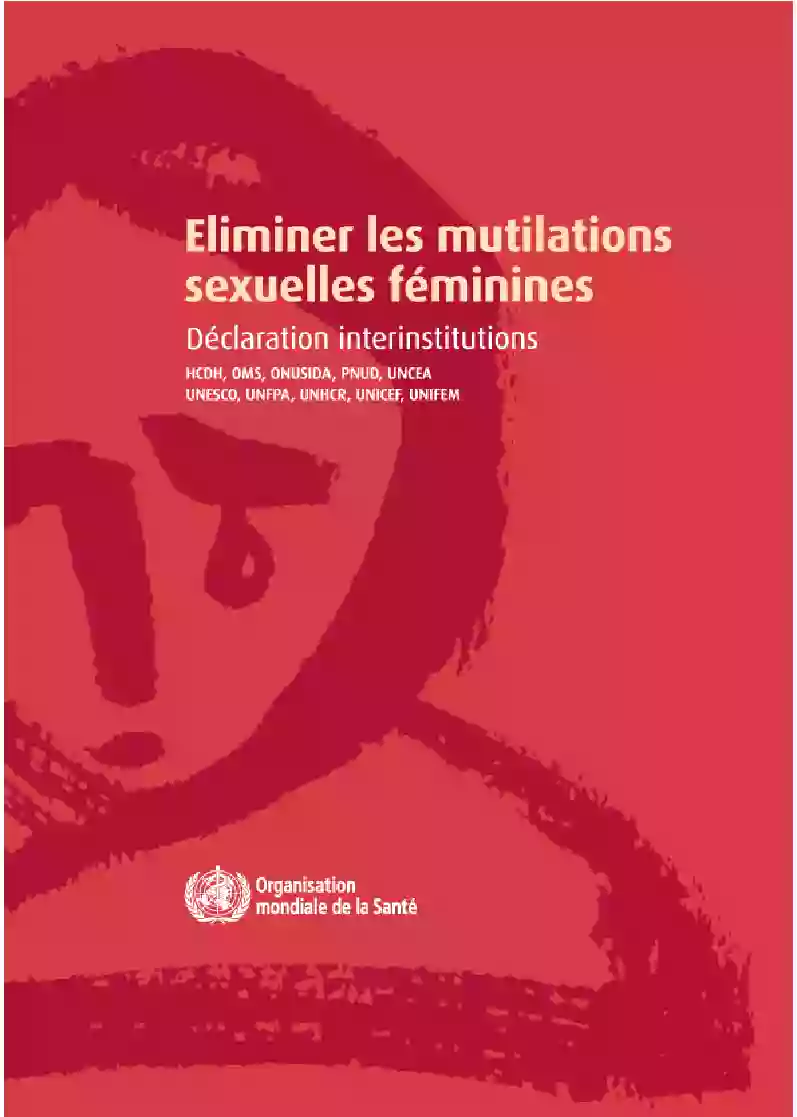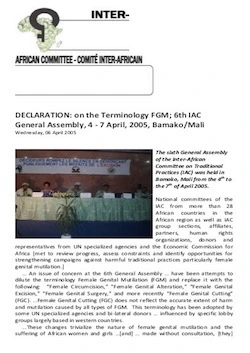Home | Research & Resources | Terminology & FGM/C
Terminology and FGM/C
The terminology that is used to refer to FGM/C is continuously evolving, but changes in terminology serve to enable dialogue, to create accountability and to emphasize the consequences of the practice.
Female genital mutilation
FGM is used by many international conventions, organizations and UN bodies to emphasize the harm done through this practice.
Female genital cutting
FGC is used by many implementing and grassroots organizations to avoid backlash and defensiveness from communities in response to terms like mutilation.
Circumcision/excision
These terms attempt to draw a parallel between male circumcision and FGM/C but referring to FGM/C as circumcision neglects its harmful consequences.
Genital modification
This term is used in some cases where FGM/C has been medicalised and healthcare professionals who perform the practice want to avoid prosecution.
How terminology can be used
When working in community spaces and in dialogue with individuals who have historically or currently practice FGM/C, use of female genital cutting can be a non-judgmental way of discussing the issue. Using language of female genital mutilation in communities, or even talking about the ‘problem’ of FGC can create backlash and resistance within community dialogues, closing the door to meaningful discussion and the possibility of change.
Within many international and national frameworks, female genital mutilation is used in an attempt to emphasize global commitment to end the practice and the harmful consequences associated with it.
Local terminology within local languages can offer insight into how the practice is understood and opportunity to engage in dialogue around it by utilising these terms.





